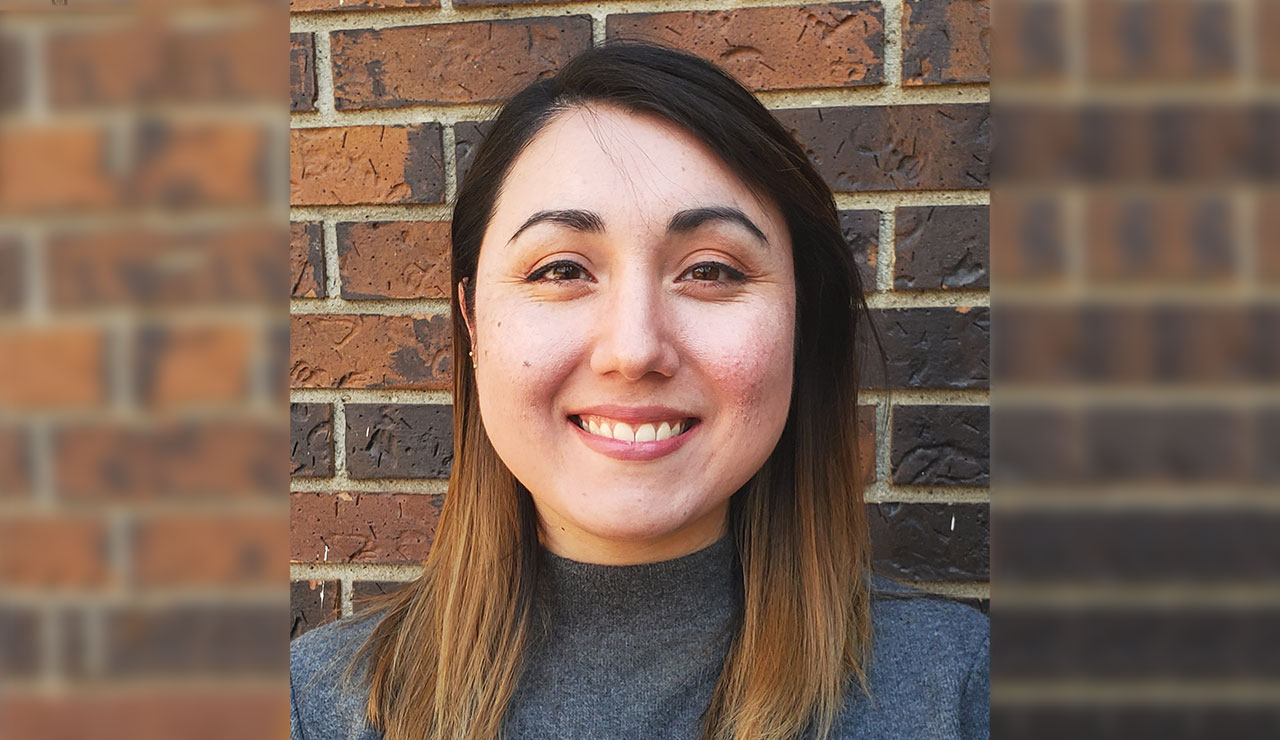Health And Wellness
Tamara Saez: Understanding long-term vascular consequences of pregnancy complications
Stepheny Zani - 28 August 2020

Tamara Saez, post-doctoral fellow in the Department of Obstetrics and Gynecology and the Women and Children’s Health Research Institute (WCHRI)
What is the focus of your research?
Although most of the complications of preeclampsia are solved after delivery, women with a history of preeclampsia have increased risk for CVD and I want to understand the mechanisms behind it. I’m focusing specifically on vascular dysfunction. I used a model to study the interaction between two receptors found in blood vessels called Lox1 and AT1R, which are related to atherosclerosis and hypertension, respectively. The exacerbated activation of these receptors is highly associated with blood vessel dysfunction and CVD. I am currently investigating if this model can be used to evaluate the effects of disturbances during pregnancy in postpartum vascular function.
Why is this important for patients?
Men and women are physiologically different but are treated in the same way for CVD. The advent of precision medicine helps us acknowledge these differences and understand that pregnancy complications increase women’s risk for CVD later in life. After pregnancy, women who present high blood pressure or high cholesterol levels, for example, can often be linked to a medical history of preeclampsia or other pregnancy complications. Preeclampsia also accounts for a high maternal and fetal mortality rate and huge medical efforts are in place to monitor this phenomenon during pregnancy.
What is the biggest challenge you face in your research?
The biggest challenge is to find or develop a model that can help answer our research questions and that accurately reflects results in a human body. Currently we are using a mouse model created in our lab. Even though we don’t work with human samples in this project and mice do not develop preeclampsia naturally, the model is a useful tool to understand what is happening at a molecular level.
I am from Chile and having an international post-doctoral position is another challenge, financially speaking. I am lucky to work in a well-funded group with Sandra Davidge, executive director of WCHRI, Canada Research Chair in Maternal and Perinatal Cardiovascular Health and U of A professor in obstetrics and gynecology. She is a great mentor who does outstanding research. In addition to the Banting Postdoctoral Fellowship, I’m also happy to be supported by both the Izaak Walton Killam Memorial Postdoctoral Fellowship and WCHRI. This helps in overcoming some of the financial difficulties.
How did you become interested in this research area?
I have a medical technologist degree from Chile. During my last year as an undergraduate student a professor invited me to do a PhD with him. His focus was on placental vascular dysfunction in gestational diabetes, preeclampsia, and obesity during pregnancy. I started doing research focusing on pregnancy complications and gestational diabetes during my PhD program, which was a combined degree between the Pontifical Catholic University of Chile and the University of Groningen in the Netherlands. I wanted to stay in academia and do post-doctoral research in an English-speaking country, and because Sandra Davidge is world-renowned in pregnancy and cardiovascular research, I wanted to work with her. Happily the University of Alberta is also one of the best universities in Canada and the country is open to international people.
What is the biggest difference between being a PhD student and doing post-doctoral work?
We are more independent and fully responsible for our project as post-docs. Although we work under our supervisor’s grant, we bring new ideas, develop experimental designs, perform experiments and choose where to publish. As a PhD student, you can also suggest new ideas, but there is more guidance. This transition was not easy for me. Sometimes things that you think are going great are not. As post-docs we need to keep an eye on everything. To be successful in both cases you need to be dedicated and enjoy what you do.